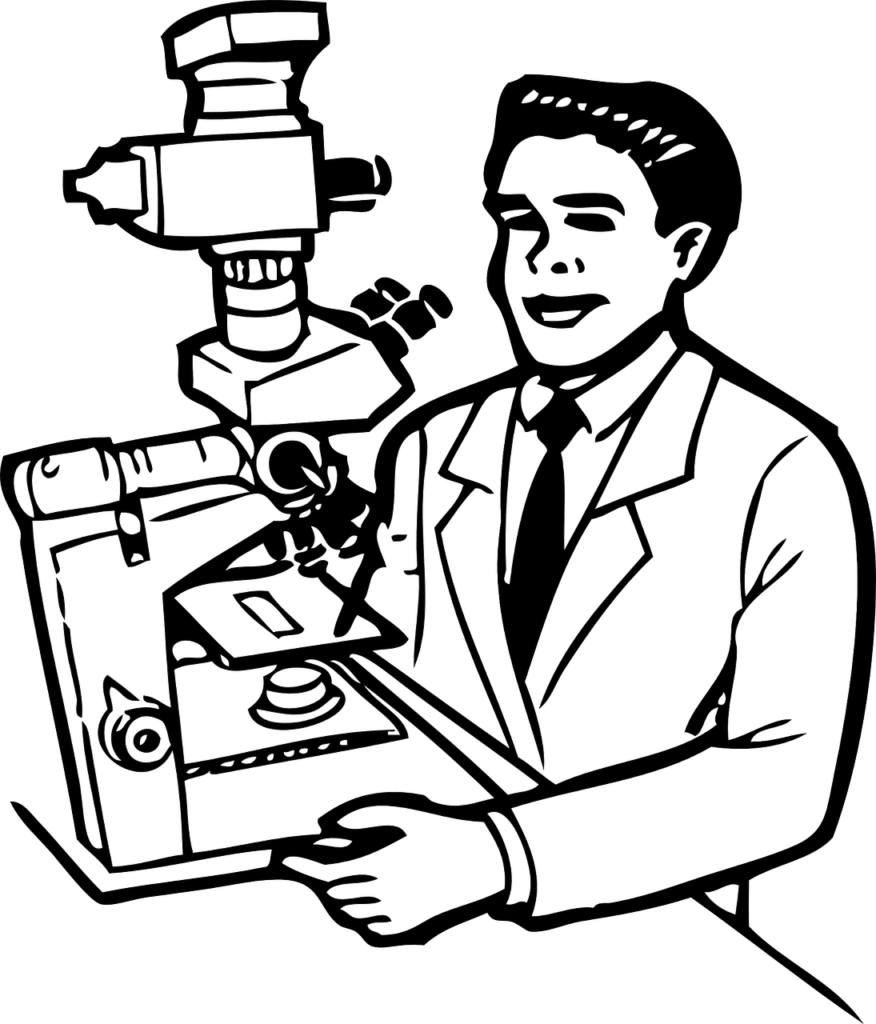What is Clinical Pathology

Clinical pathology is the branch of medicine that deals with the laboratory examination of bodily fluids and tissues to diagnose and monitor diseases. It includes the subspecialties of hematology, chemistry, microbiology, immunology, and coagulation. Clinical pathologists work in hospitals, reference laboratories, and research institutions, interpreting test results and consulting with physicians to aid in the diagnosis and treatment of patients.
Branches of clinical Pathology
The main branches of clinical pathology include:
- Hematology: the study of blood and blood-forming tissues, including the study of blood cells and their disorders, such as anemia and leukemia.
- Clinical Chemistry: the study of chemical processes in the body, including the measurement of enzymes, hormones, and other substances in blood and other body fluids.
- Microbiology: the study of microorganisms and their effects on the body, including the diagnosis and treatment of infectious diseases.
- Immunology: the study of the immune system and its response to disease, including the diagnosis and treatment of immunological disorders.
- Coagulation: the study of blood clotting and bleeding disorders, including the diagnosis and treatment of conditions such as hemophilia and deep vein thrombosis.
- Cytology: the study of cells and their abnormalities, including the diagnosis and treatment of cancer and other cellular disorders.
- Pathology: the study of disease and the structural and functional changes that occur in the body as a result of disease, including the diagnosis and classification of tumors and other abnormal growths.
All these branches work together to help diagnose and treat diseases. A clinical pathologist is a medical doctor who specializes in these fields, interpreting test results and consulting with physicians to aid in the diagnosis and treatment of patients.
- Transfusion medicine: the branch of clinical pathology that deals with the safe and effective use of blood and blood products for transfusion.
- Medical Genetics and Genomics: the branch of clinical pathology that deals with the diagnosis and management of genetic diseases and disorders, as well as the genetic basis of common and complex diseases.
- Histopathology: the branch of pathology that deals with the examination of tissue samples taken from the body to diagnose disease. It includes the use of light microscopy, electron microscopy, and other techniques to examine the structure and function of cells and tissues.
- Autopsy pathology: the branch of pathology that deals with the examination of the body after death in order to determine the cause and manner of death, and to provide information to assist with medical research and education.
- Digital pathology: the branch of pathology that deals with the use of digital technology to analyze and manage pathology data and images. This includes the use of digital imaging, telepathology, and artificial intelligence in pathology.
All these branches of clinical pathology play an important role in the diagnosis and management of diseases, and are essential for the advancement of medicine and healthcare.
- Molecular Pathology: the branch of pathology that deals with the molecular and genetic basis of diseases. It includes the use of techniques such as PCR, DNA sequencing, and gene expression profiling to study the underlying genetic causes of disease.
- Forensic Pathology: the branch of pathology that deals with the examination of the body in cases of sudden, unexpected, or suspicious death. Forensic pathologists work closely with law enforcement agencies to determine the cause and manner of death in such cases.
- Toxicology: the branch of pathology that deals with the study of the harmful effects of chemical and physical agents on the body. It includes the examination of toxic substances in body fluids and tissues, and the identification of the cause of poisoning.
- Dermatopathology: the branch of pathology that deals with the study of skin diseases. It includes the examination of skin samples to diagnose and classify skin disorders such as rashes, tumors, and infections.
- Neuropathology: the branch of pathology that deals with the study of diseases of the nervous system. It includes the examination of brain and spinal cord samples to diagnose and classify neurological disorders such as Alzheimer’s disease, multiple sclerosis, and brain tumors.
All these branches of clinical pathology are essential for the accurate diagnosis, management, and treatment of diseases. They involve the use of advanced technologies and techniques to study the underlying causes of diseases and to improve patient outcomes.
